
Do you have a question about the NETGEAR Prosafe GS716T and is the answer not in the manual?
| Protocol 1 | IEEE 802.3 10BASE-T |
|---|---|
| Protocol 2 | IEEE 802.3u 100BASE-TX |
| Protocol 3 | IEEE 802.3ab 1000BASE-T |
| Bandwidth | 32 Gbps |
|---|---|
| Network latency | Less than 20 microseconds |
| Buffer memory | 256 KB |
| Power Consumption | 32 W maximum |
|---|---|
| Input Voltage | 100-240VAC |
| Frequency | 50-60 Hz |
| Operating temperature | 0 to 40°C |
|---|---|
| Storage temperature | -20 to 70°C |
| Operating humidity | 90% maximum relative humidity |
| Dimensions | 1.7 x 17.3 x 8.1 in |
|---|---|
| Weight | 6.03 lbs |
| Weight in kg | 2.74 Kg |
Provides a summary of the switch's capabilities, including its ports and management features.
Details the key hardware and software features of the NETGEAR ProSafe GS716T Gigabit Smart Switch.
Lists the items included in the product package for the NETGEAR ProSafe GS716T Gigabit Smart Switch.
Illustrates and describes the key components located on the front and back panels of the switch.
Explains the auto-sensing RJ-45 ports, their capabilities, and the Auto Uplink technology.
Describes the two module bays for SFP GBIC modules used for fiber connectivity.
Details the function and meaning of the various LEDs on the switch's front panel.
Explains how to use the Reset Button to perform a hardware reset of the switch.
Describes the function of the Factory Defaults Button for clearing configuration and restoring settings.
Illustrates how the switch can be used to build a small network for desktop connectivity.
Demonstrates the switch's role in a network backbone for high-speed server access.
Details the site requirements and environmental conditions for installing the switch.
Provides step-by-step instructions for mounting the switch on a flat surface or in a rack.
Outlines checks to perform after installation but before applying power for safety and correctness.
Explains how to connect network devices to the switch's RJ-45 ports using appropriate cables.
Guides the user through the process of installing an SFP GBIC module for fiber connectivity.
Details the procedure for connecting the switch to a power source and verifying power status.
Describes initial configuration steps using a web browser or utility program for managing the switch.
Lists common symptoms, their causes, and suggested solutions for troubleshooting the switch.
Provides further tips for resolving issues related to network adapter cards, configuration, and switch integrity.

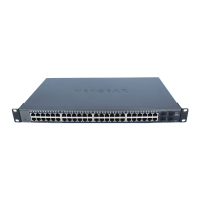
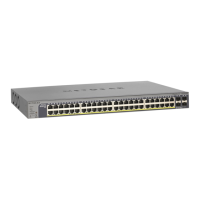

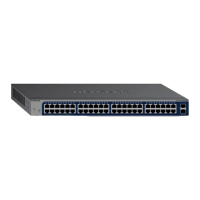
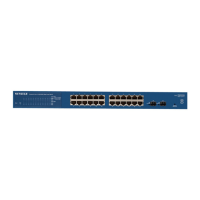
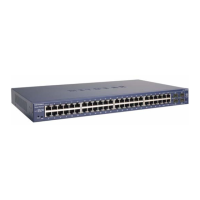
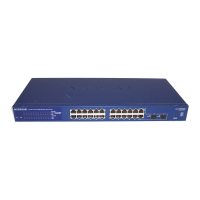
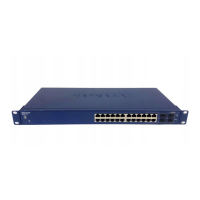
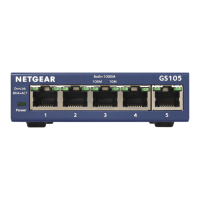

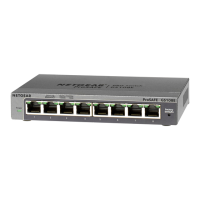
